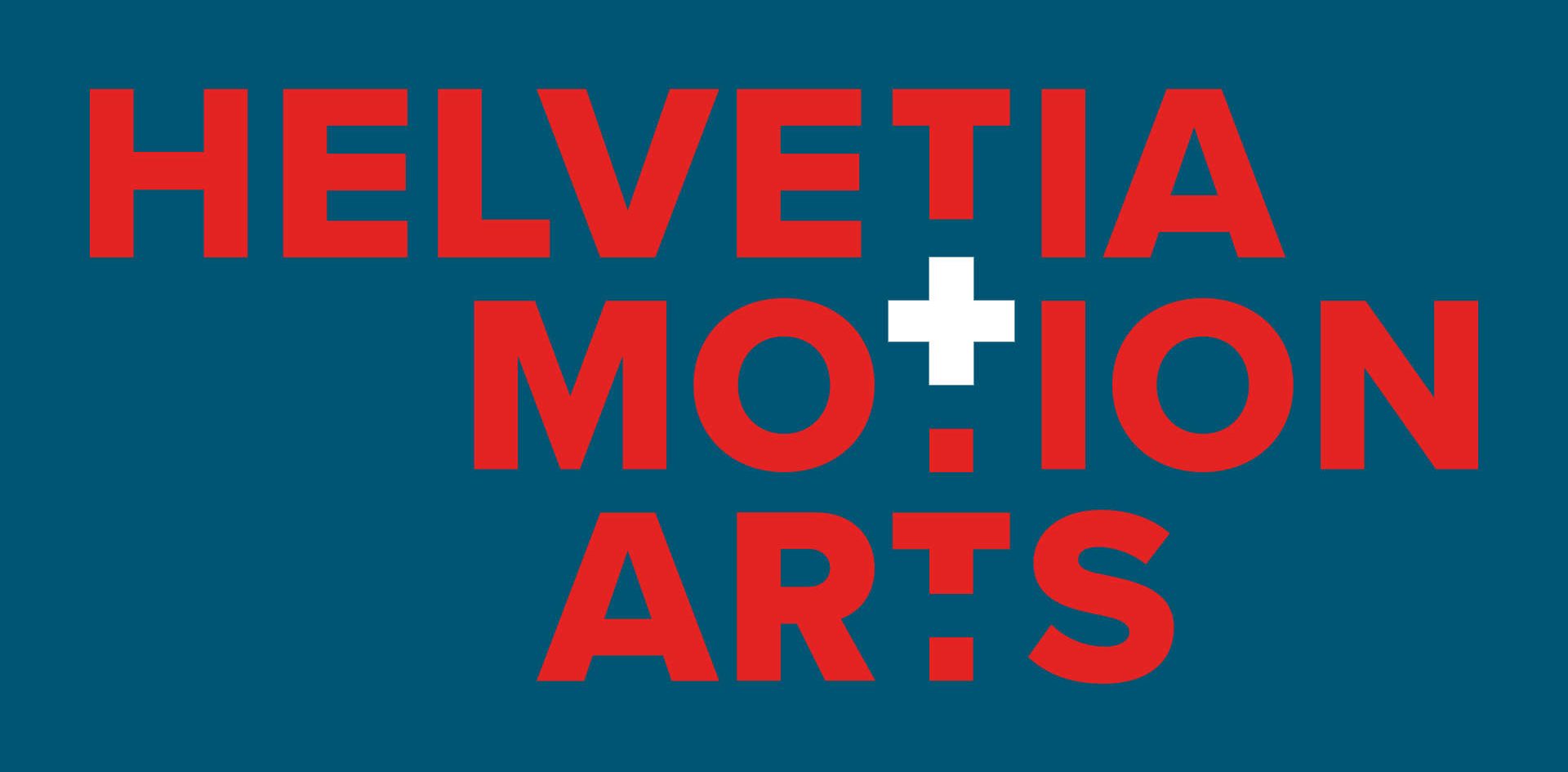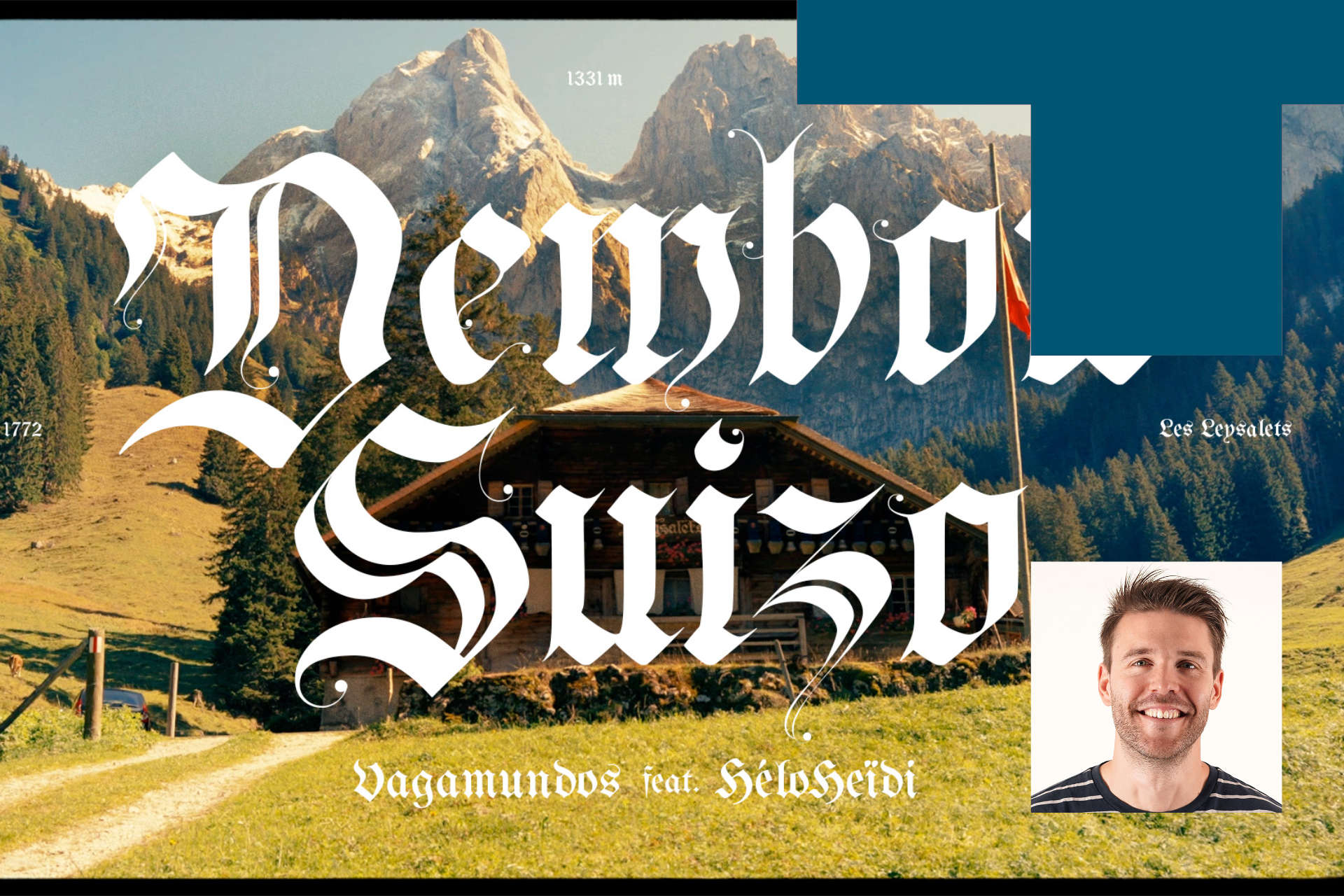
Meet David Bauer — a Swiss visual designer, lettering artist, and art director with over 15 years of experience. From entertainment to branding, his unique approach blends calligraphy and typography into bold visual storytelling.
Can you tell us about your journey in visual design and what initially inspired you to follow this path?
Like many other designers and artists, I’ve always had, since childhood, a strong interest in drawing the world around us. Yet as a child I had a love–hate relationship with visual arts: I couldn’t do without it, in fact I even needed it, and at the same time nothing ever turned out the way I wanted, which was deeply frustrating.
It was in 2001, while watching The Fellowship of the Ring in theaters, that I realised, well let say decided, that I would pursue a path in art and fiction. A few years later, I entered ERACOM, the School of Art and Communication in Lausanne, where I was able to focus entirely on this “artistic need”, not knowing yet how to define it. That was when I discovered After Effects and the art of setting graphic elements in motion on a screen. Motion design opened up a form of artistic expression I had never encountered before. The rhythm, the storytelling, and the staging of these visual elements fascinated me. I devoured countless hours of tutorials (thank you, Andrew Kramer) during my studies, turning every exercise into an After Effects project. So it was only natural that, at the end of my studies in 2010, I set out on this path.
I began with internships as a junior motion designer, first in Switzerland and then in Los Angeles in 2011. I returned in 2012 and started working as a freelance motion designer for various studios in Lausanne, Paris, and Zürich. In 2014, with your encouragement Vincent, I moved to London and began working for VFX and motion design studios. I spent three years in the British capital, a period that was both intense and immensely rewarding, but in 2017 I decided to return to our Swiss homeland.
Since then, I have continued to work as a motion designer, graphic designer and art director, notably with the talented Alex Maye (Animai), with whom I still collaborate regularly today. But it was also after my return from London that my interest in lettering and typography grew steadily. And over the past few years, it has taken on an increasingly central role in my work.
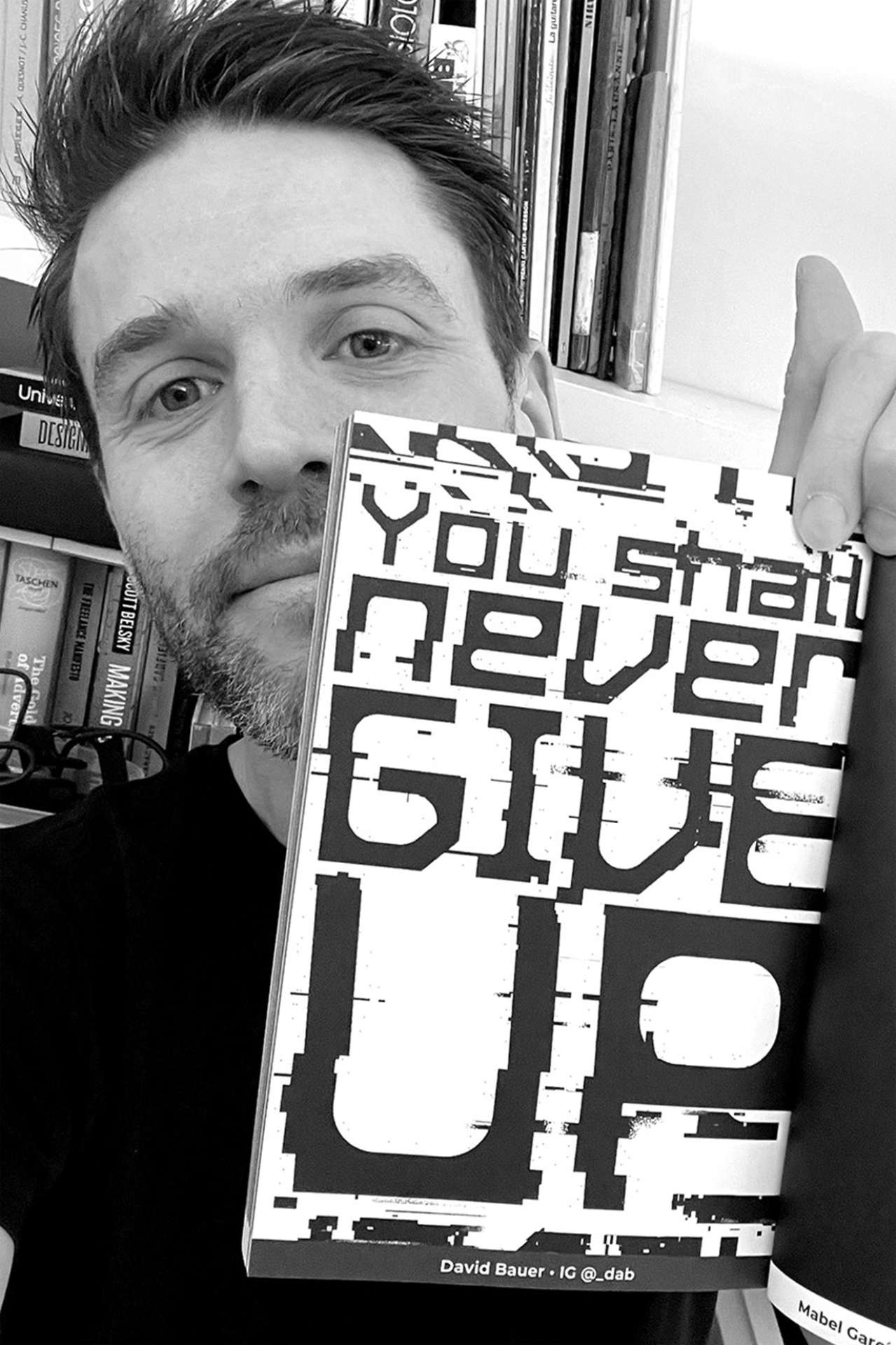
What drew you more specifically to the art of lettering and typography as central elements of your creative work?
Letters, quite simply. As I mentioned earlier, drawing had always been difficult for me. But everyone knows what an A or a Z looks like, and by focusing on these structures I discovered a world where I could play with those shapes, their meanings, and their narrative power. Gone were the fear of the blank page or the frustration of not being able to represent something properly (at least in my own judgement) instead, I could play with letters, words, and their meanings.
I began with Latin calligraphy, then moved on to lettering, which felt more free and creative. From there, I became interested in type design, an absolutely fascinating world!
At first, it was also a way of returning to something more tangible and reel. After more than ten years of working purely in digital, I felt the need to reconnect with the physical world: ink, paint, paper, pencils, and pens.
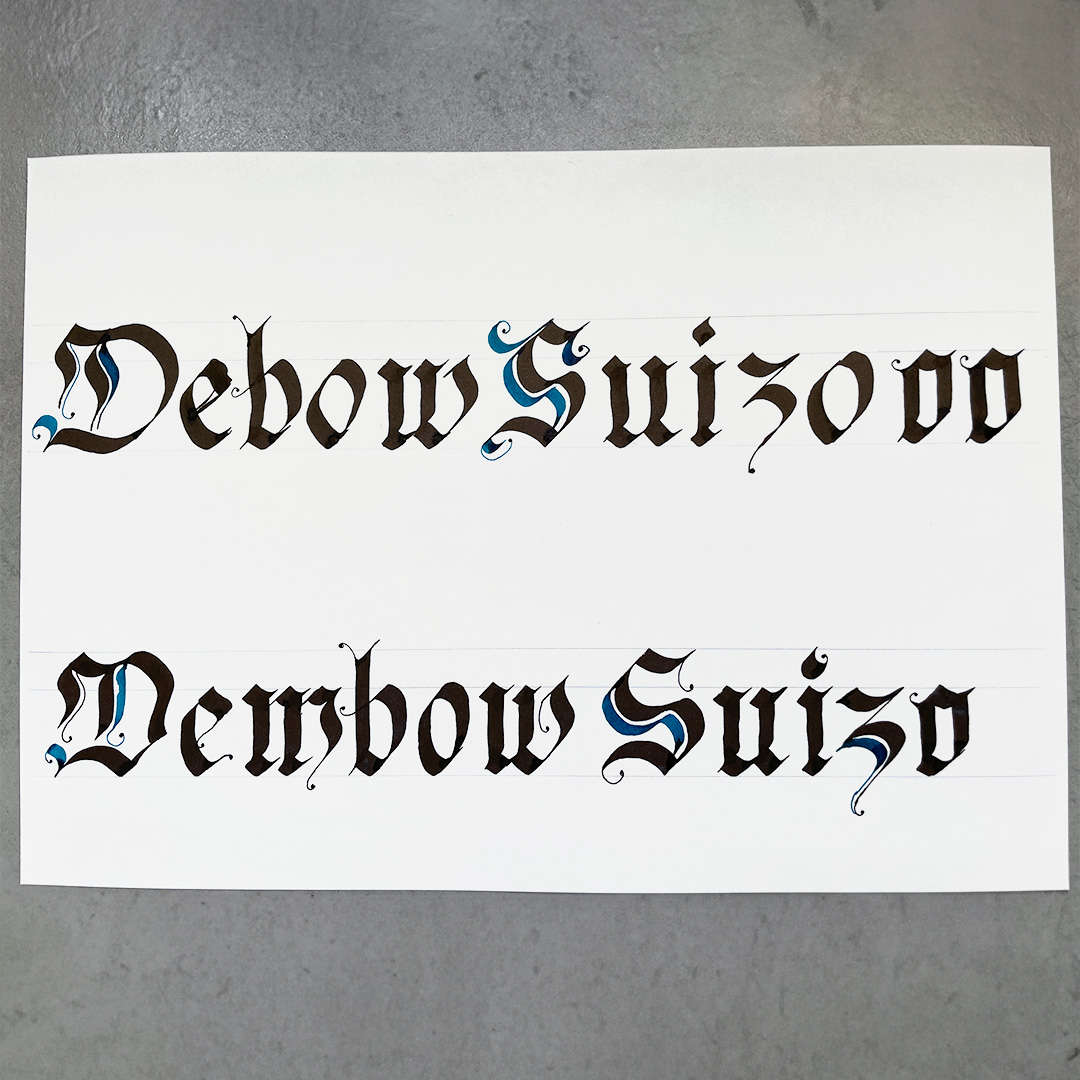
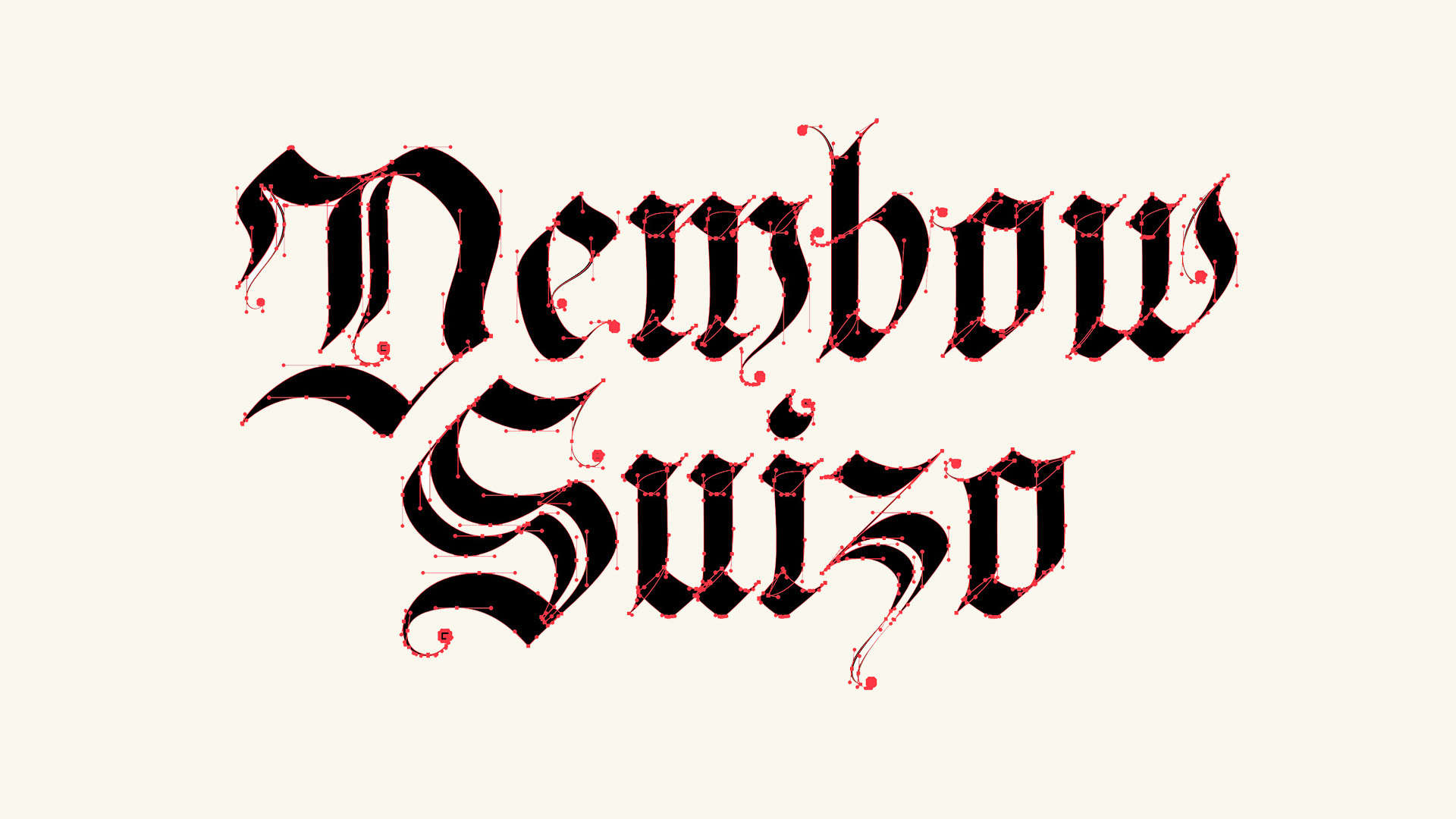
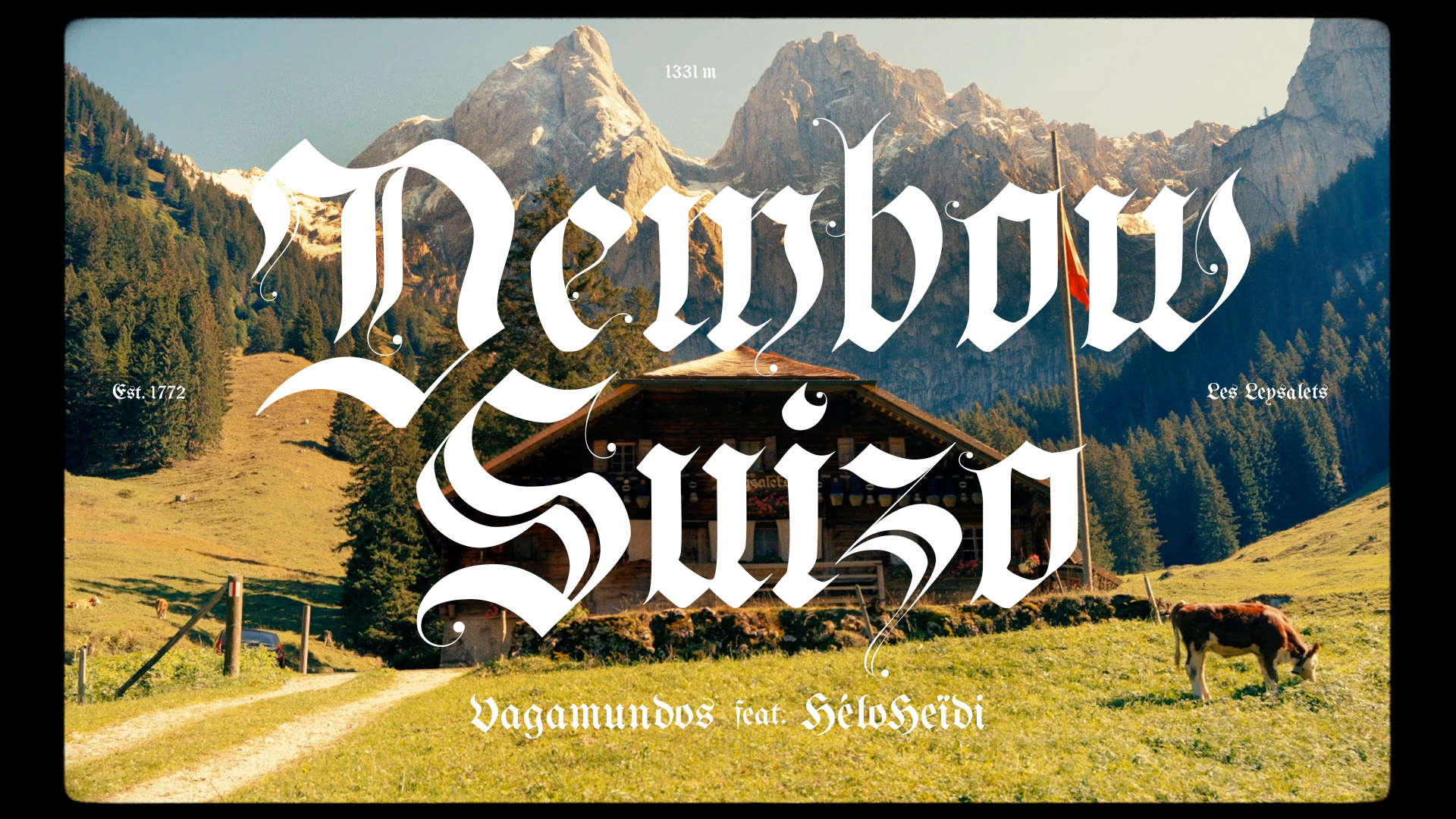
How would you describe your professional experience within the creative industry in Switzerland?
Both fascinating and hard at the same time. The Swiss creative scene is very rich, yet I find it difficult to grasp and to navigate. It’s not easy to carve out a place for oneself. On the client side, the incredible potential of designers and artists is often undervalued. Hard to say where this comes from: is it cultural, or the result of a constantly shifting, competitive market? I don’t know…
But I had the opportunity to work outside Switzerland, and I can say that the grass is not necessarily greener elsewhere. Challenges exist everywhere, and there is still so much to build and develop here in Switzerland, and that’s something very motivating.
In what ways do Swiss projects or clients differ from those you’ve encountered abroad?
From my experience, projects in Switzerland tend to be on a smaller scale. That’s quite logical, as the market here is small. Generally speaking, each person involved on a project wears multiple hats. The culture leans towards being a generalist. For obvious financial reasons, it’s difficult to have a creative director, an art director, a graphic designer, an animator, a 3D artist, an editor, and a sound designer on every single project. I also have the impression that clients take a shorter-term view, and are therefore less inclined to invest significantly. It’s a pity, but I suppose economic realities are what they are.
That being said, I find that working with Swiss clients for the Swiss market can sometimes give our work greater meaning. Not in a nationalist sense, of course, but in this digital field, where it’s easy to lose oneself in the metaverse, it can be refreshing to collaborate with people who are closer to home, and perhaps to see more directly the results and impact of our work. It’s not always the case, of course, but over time I’ve come to feel it’s an important point.

You’ve also worked in cities like Los Angeles — how did that environment influence your creative approach?
During my time in LA I discovered a working process, a method and an organisation in which collaboration, both between artists and with the client, is at the heart of everything. Each person has their role, everything is studied, considered, tested, and the project moves forward step by step. For a long time, this influenced me greatly without even realising it. Looking back now, I think my need for structure, and my desire to collaborate with people I admire, almost certainly come from that experience.
London has a very dynamic design and motion scene. What were the main lessons you took away from your experience there?
I was speaking about American-style structures and methods… In London, although the market overlaps with the American one, that structure is somewhat shaken, and processes are at times more chaotic, without compromising the final quality. I therefore learn to navigate a different environment: just as dynamic, but with a greater allowance for “improvisation”.
More concretely, I also learn to find my way within a highly competitive market and a very dense freelance scene. I work with around fifteen different studios, each with its own size and way of operating. I collaborated with very talented people and, being naturally reserved and quiet, I learned to carve out a place for myself, in my own way.

How do you view the current state of the motion design and lettering market in Switzerland?
It’s difficult to speak specifically about Switzerland, so my answer is more of a general one. I think these are two quite distinct markets. Lettering is clearly a niche, a discipline that can be found in many different forms of work (posters, logos, motion, murals, tattoos, and so on). In the age of AI, lettering feels like a refreshing counterpoint, as it is an inherently human practice, somewhere between illustration and calligraphy. It will continue to evolve in line with the artists and designers who make it their own.
Motion design, on the other hand, holds a much more prominent place in the communications market. It is everywhere, and for that reason I believe it has a bright future. But it remains a highly competitive field, which will keep evolving according to the needs of the market and new technologies. Motion design has always been closely tied to technology, which makes it challenging at times to keep up. In the end, unsurprisingly, adaptation is key. To keep learning, and to keep reinventing oneself.
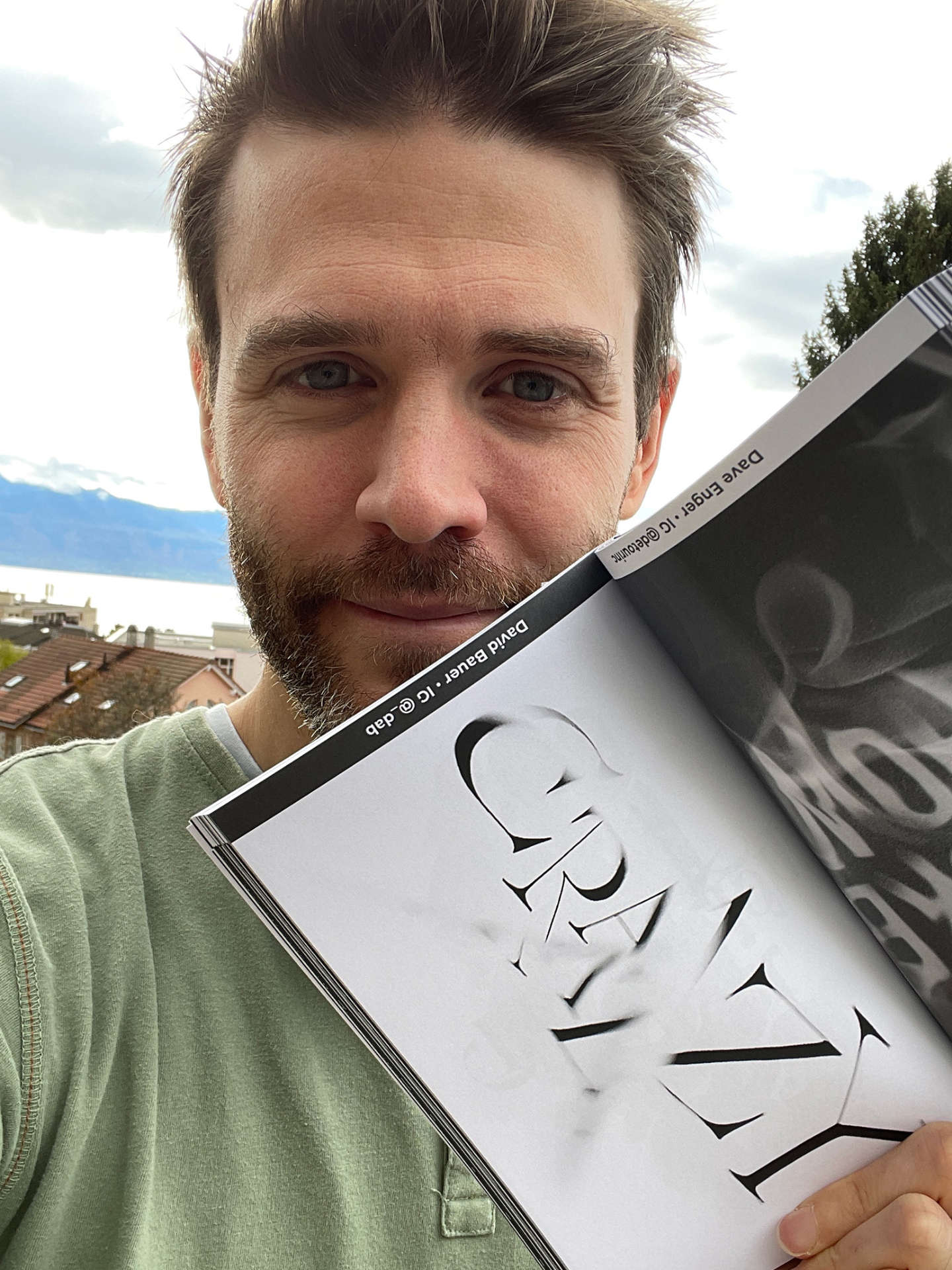
In your opinion, what changes would help create better opportunities and working conditions for Swiss artists?
That’s a difficult question… I do have an element of an answer, though it doesn’t come from me. I’ll share it anyway, because it really struck a chord with me when I heard it (during an interview of illustrator John Howe, a Canadian artist living in Switzerland).
Self-employed status in Switzerland is complicated, and an intermittent status would be an interesting alternative. Not in order to pay people to do nothing during quiet periods (an easy shortcut to make, which I admit I had in mind myself sometimes), but rather to enable the self-employed, freelancers, and artists to continue training and developing their crafts during calmer times. Instead of having to look for, and chain together, odd jobs just to pay the bills, an intermittent status (for lack of a better term) would allow them to focus on training, research, and the development of their professions which, by their very nature, operate mainly on a project basis.
I think, the succession of quick, low-paid, and unfulfilling jobs, leads to a levelling down of both, the individual’s work and the industry as a whole.
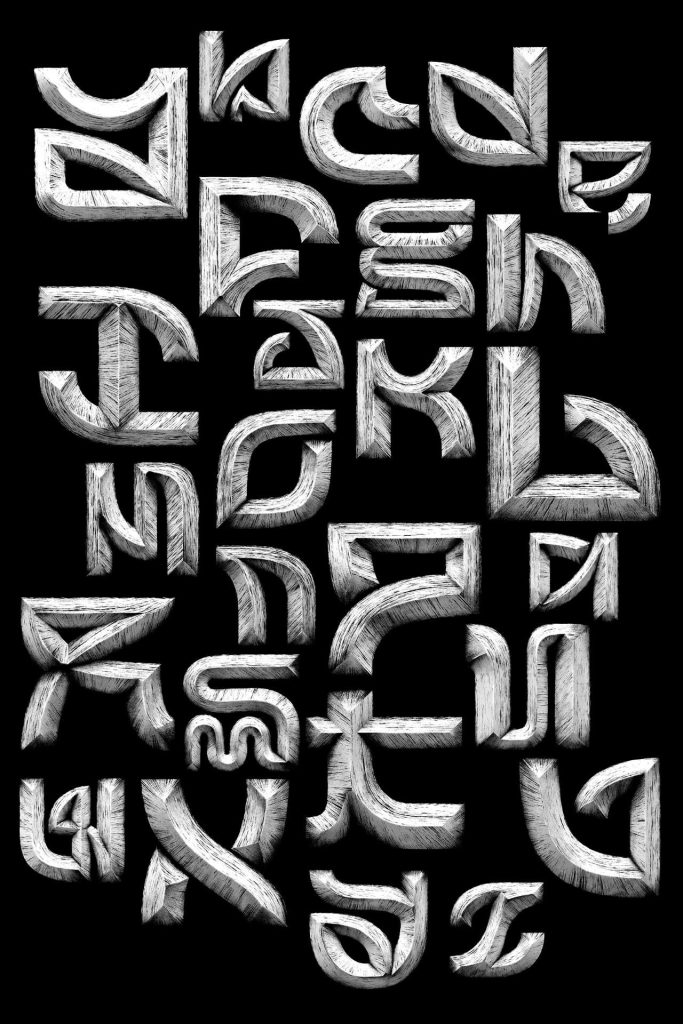
Looking back, what has been your most rewarding professional experience so far?
I’ve been fortunate to have many great experiences, each for different reasons, so I’ll allow myself to mention several.
My experience in LA was incredible, I’ll remember for the rest of my life the feeling I had when I first stepped into the studio in Santa Monica.
The Jason Bourne project, during my time in London. A UI design project, really fun to work on, and above all, alongside Chris Lunney, the best creative director, both as a person and as an artist, with whom I had the chance to work.
More recently, the opening title project #Helvetica: a project combining design and animation, exactly the kind of work and style I love.
And finally, a title project, Dembow Suizo, for the music video of my friend and artist @vaga.mun.2
Calligraphy, typographic layout, music, and digital retouching, what else?!
If you could work on your dream project, without any limitations, what would it be and why?
The opening titles for a series or film by a Swiss director. Combining typography, visual design, and animation, that would be an absolute blast! I already have the creative team in mind 😇
